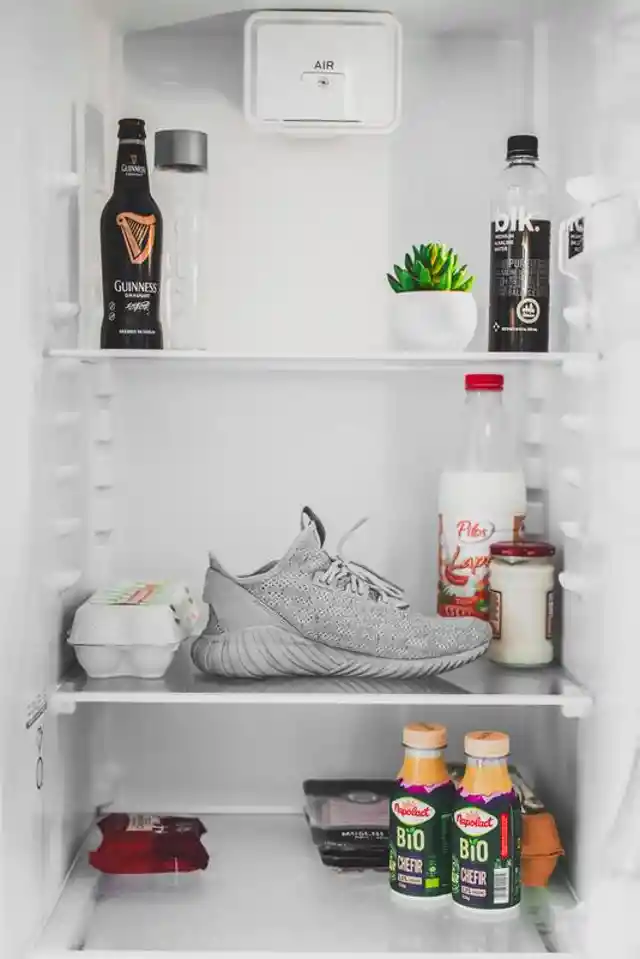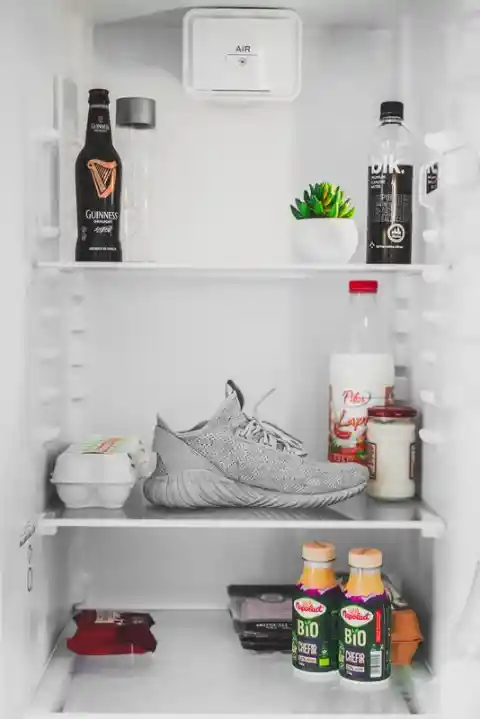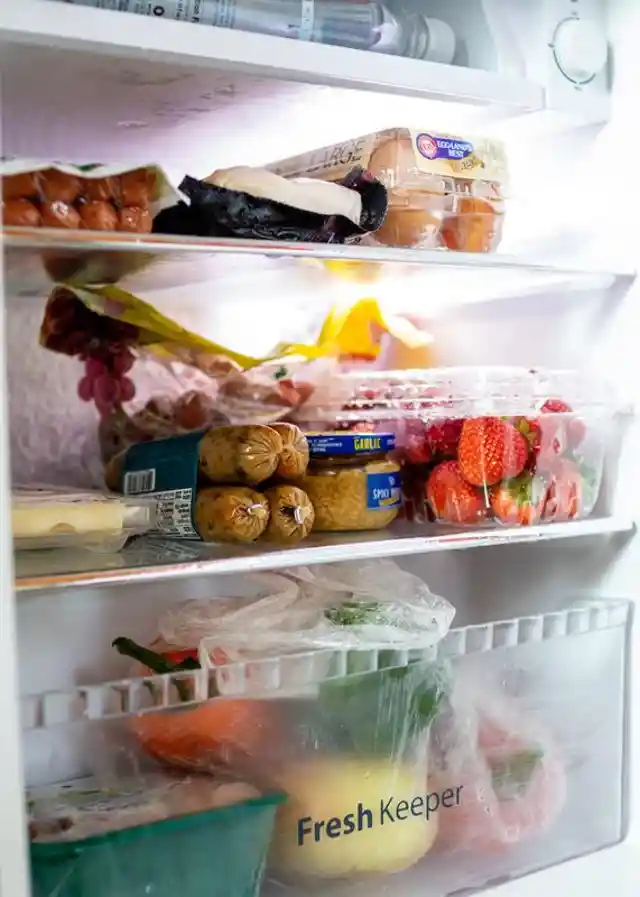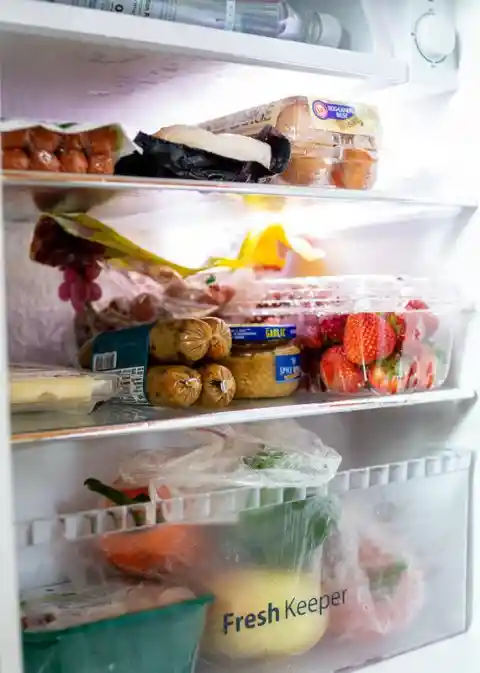Refrigerators are pretty straightforward. You plug them in, open and close, and keep things cold, there's nothing to it. Well, it’s actually not that simple, and it turns out there are a lot of things you can do wrong with a fridge.


And that’s a huge deal. The average American household ends up throwing away about 21 percent of the food they buy. That is about $1,800 straight into the trash. They say that around two-thirds of that is because of food spoilage, which includes improper storage. How often do you find something in your fridge that you have forgotten about? Luckily, this is all easy to fix, so let’s find out what you can improve with your fridge!
Over-Filling Your Refrigerator
There is something so satisfying about coming home from the store and filling your fridge to the brim. But this is actually a big no-no. According to Hunker, over-filling your fridge has several consequences that you might not notice, but your bank account will. Air circulation is a big part of what keeps your fridge cool, and when there’s too much stuff in it, you’re blocking that circulation. That means the fridge needs to work harder to keep everything at the right temperature, especially if all that food blocks some air vents.
On top of those higher energy bills, you can also expect your food to spoil quicker, as an over-full fridge means it’s unlikely that everything’s going to be chilled at the correct temperature.


Not Keeping the Refrigerator Cold Enough
What temperature is your fridge set at? You might want to check because there’s a good chance it’s wrong. Your refrigerator temperature should be set at 40 degrees Fahrenheit or below. They say that you should also be checking your temps regularly to make sure everything’s working properly, but there may be more to it. Instead, try to keep your fridge a little colder — ideally, that’s between 35 and 38 degrees.